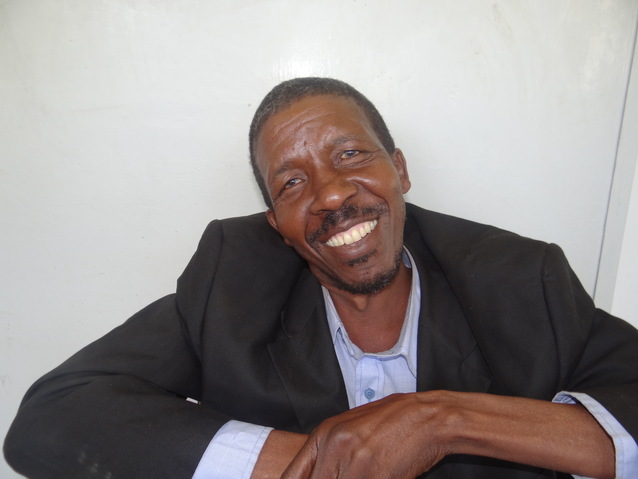Meet Julius!
I’d like to introduce you all to our patient of the week, Julius! Julius is a farmer from Kenya who needs $1,125 so he can walk again.
He’s a 53-year-old male widower from Kenya with three children who are in school.
“Julius had been doing his normal work as a farmer, to tend for his children, until two weeks ago when he fell and sustained fracture of the right leg,” shares our medical partner, African Mission Healthcare Foundation (AMHF). “Since then, he has been experiencing a lot of pain and has been unable to move around.” If left untreated, Julius will continue to be in pain, be unable to use his leg, and may suffer from delayed healing and malunion, where the bone heals in a deformed position. His extended family cannot assist him and his income is not enough to afford this surgery.
For $1,125, AMHF will be able to provide Julius with an ORIF, or open reduction and internal fixation surgery, to fix his broken bones. With this surgery, it is expected that the bones will heal correctly and Julius will be able to use his leg again. Julius says, ‘‘I want to appreciate Watsi in advance. I hope Watsi will help me so that I can continue taking care of my children, I am their only hope!” Let’s work together to help Julius!
-Info straight from the Watsi site
As always, if you enter the Watsi site through https://watsi.org/welcome/within-biking-distance/within-biking-distance your donation will be tracked in our campaign. If not, that’s cool too. We just want you folks to help folks.
Anyways, just a little over a month before we hit the road! Very exciting! (If you saw our post about starting the trip yesterday, don’t be alarmed.We was just pranking you guys for April Fool’s Day. Sorry if we fooled ya!)
-Lizzy








